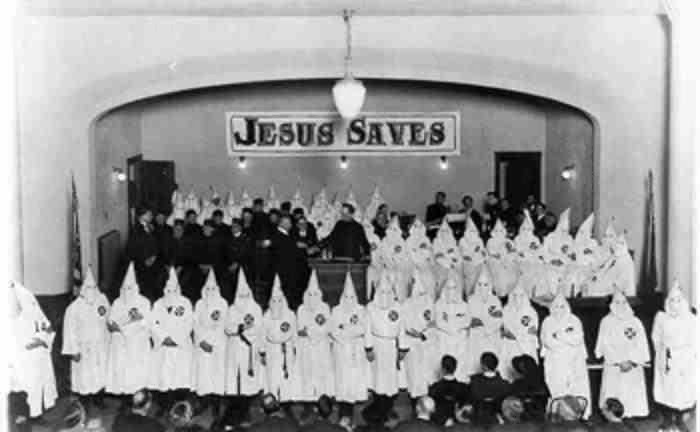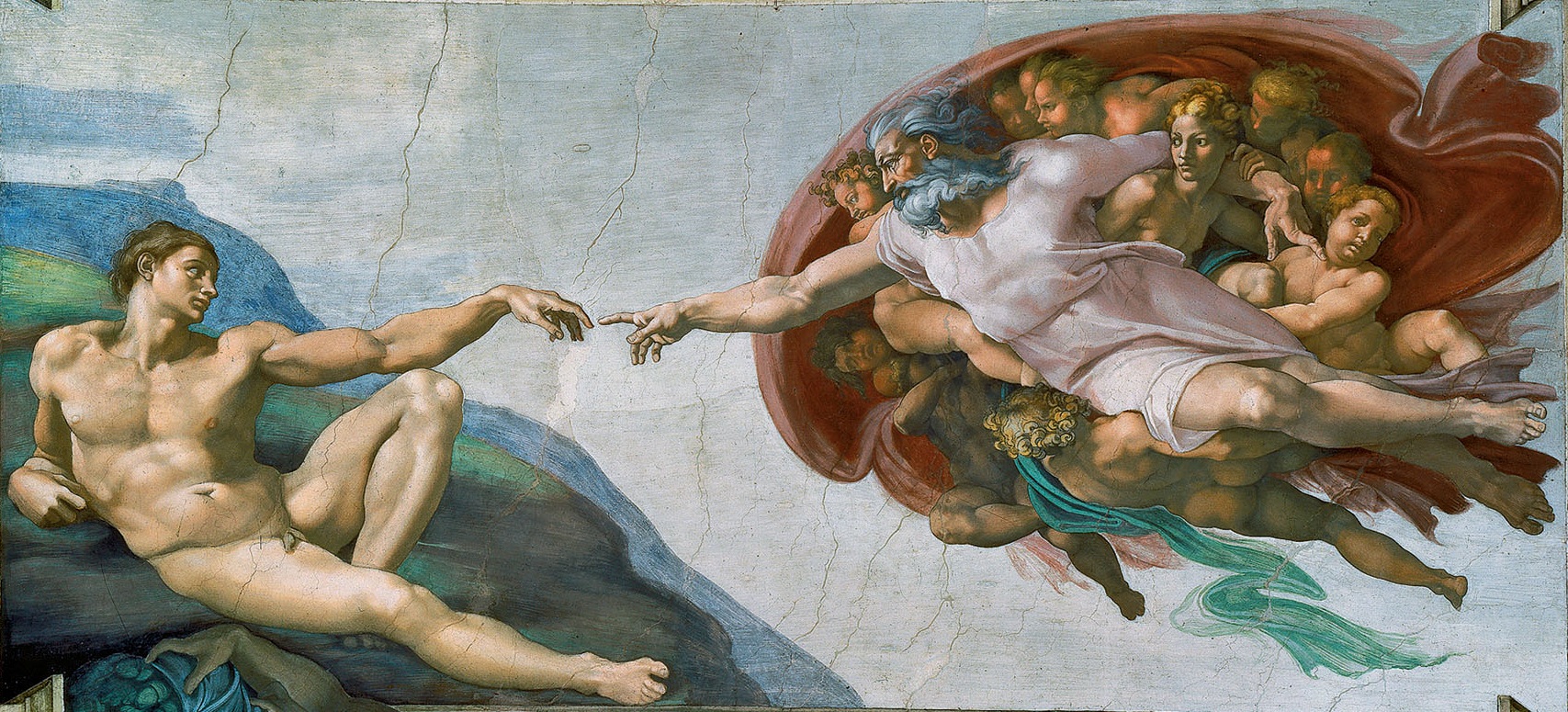Some thoughts on white supremacy in the church (excerpted from my Lenten presentation at the Church of the Transfiguration on Dallas).
Whiteness has been equated with Christianity and civilization so that to be Christian was to be civilized when the only Christianity that was recognized was white Christianity. Our religious language in and out of the scriptures is used to reify whiteness. White Jesus is the god of white supremacy. The role of white supremacy in the Church just like the role of the Church in the carving up and colonization of Africa, Asia and the Americas is neither accidental nor incidental. The Church and every other American institution has profited materially from slave labor and the exploitation and plundering of black wealth.
 White supremacy in the church doesn’t always wear a white sheet but can regularly be found in the sanctuary. Unexamined whiteness endures in the sanctuary, in the halls, on the walls, and yes even on the altar in the sacraments of the Church, in biblical interpretation, understandings of God, Jesus and ultimately effects Christian identity and its expressions: theology, liturgy and iconography. When the images of God, Christ, the angels, the saints and the faithful are white, and only white, white supremacy is at work. When those images are all that children see, even when their Sunday school and vacation bible school curricula include pictures of black and brown children – because Jesus loves us all – but maintains an unchallenged white norm for Jesus and biblical characters, white supremacy is successfully passed down to another generation. White supremacy blinds, distorts, cripples. It obscures the image of God in the scriptures, in the church, in the world and particularly in black and brown bodies.
White supremacy in the church doesn’t always wear a white sheet but can regularly be found in the sanctuary. Unexamined whiteness endures in the sanctuary, in the halls, on the walls, and yes even on the altar in the sacraments of the Church, in biblical interpretation, understandings of God, Jesus and ultimately effects Christian identity and its expressions: theology, liturgy and iconography. When the images of God, Christ, the angels, the saints and the faithful are white, and only white, white supremacy is at work. When those images are all that children see, even when their Sunday school and vacation bible school curricula include pictures of black and brown children – because Jesus loves us all – but maintains an unchallenged white norm for Jesus and biblical characters, white supremacy is successfully passed down to another generation. White supremacy blinds, distorts, cripples. It obscures the image of God in the scriptures, in the church, in the world and particularly in black and brown bodies.

Historically, the whitening of the holy served to identify the holy with whiteness against all others explicitly and intentionally. Contemporarily white iconography continues that work, without the active reflection of those whom it shapes. It is of course, not a sin to see the holy in yourself and those like you.  Seeing God in your image and only in your image makes it hard to see those who are not like you in the image of God; it is even harder when nothing in your experience has every portrayed God unlike you. In many churches the Blessed Sacrament is white and only white. Is it any wonder everyone else is other?
Seeing God in your image and only in your image makes it hard to see those who are not like you in the image of God; it is even harder when nothing in your experience has every portrayed God unlike you. In many churches the Blessed Sacrament is white and only white. Is it any wonder everyone else is other?
There is a direct line from whiteness to domination in and out of the church. It is not only historically inaccurate but the sovereignty and sanctification of whiteness in the church is one of the primary obstacles to reconciliation. It is often unacknowledged and unrepented.
Reconciliation is the culmination of a process that begins with conviction and leads to confession and contrition, public and private, followed by individual and communal repentance. Much like the stages of grief, these steps are not rigidly sequential, though some more easily presage others. Persons and institutions may move from one to another and back again. Some like repentance may occur repeatedly, for example repentance may (and should) both lead to and follow confession.
Reconciliation is not possible without repentance. True repentance is public and private, individual and communal and is not possible without genuine heart-felt contrition.
Contrition is not simply feeling bad about the way things are (or were) or wishing things were different or had been different in the past. Contrition is concrete. It is at one level interior but must be simultaneously voiced.
The articulation of contrition, confession, is the concretization of repentance. There is no repentance without contrition and confession.
Conviction, in the language of the church, conviction of the Holy Spirit, is the impetus that drives the process that can lead to reconciliation.
It is a process and none of the steps are optional. Services of reconciliation without confession, liturgical litanies of confession without conviction, the language of repentance without conviction, all of these are theater, none of these are healing and the multiplication of these kinds of programs squander whatever ethical capital and good will the white church and white Christians have.


Shirley /Gray
March 10, 2016 10:47 amHallelujah, the highest praise
Angela Khabeb
March 10, 2016 7:28 pmAmazing!! Excellent insights. Thank you for your wisdom!
apdwa
March 11, 2016 3:11 pmAmen